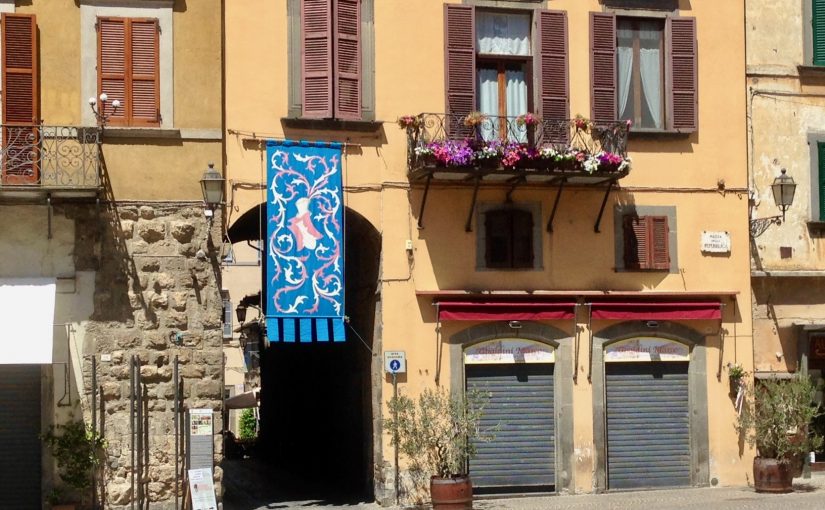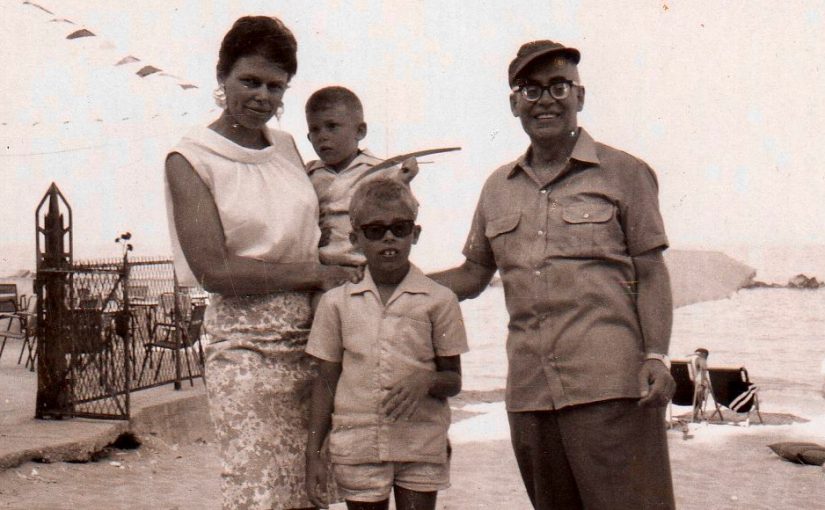“I love the new black masks, so minimalistic, such a statement, and I don’t know… so chic. And here I am stuck with a standard-issue baby blue that arrived, like, in everybody’s mailbox a couple of weeks ago. I mean, like, what’s with that? Where do you get the black ones?”
That’s the voice of my imagined Val di Paglia Girl, but her words are also mine. Sort of.
The great playwright, epigramist, and social reformer way ahead of his time, Oscar Wilde, once noted that “Life imitates Art”. I’ve long believed that Oscar was absolutely correct.
So, to torture my chosen metaphor, the period we are in here in Orvieto (and in some sense, everywhere) is not only an intermission, it is also a freshly-gessoed canvas, a blank page, a newly quarried block, an unmarked score, an untrod stage, a pair of freshly rosined point shoes – just to name a few. In a broader sense it is also rising bread dough, a flat of seedlings, uncut vegetables, a wood plank, a flickering screen.
The weekend of June 12, Corpus Domani, would have seen a host of ceremonies, parades, games, and concerts that fill the town and help to keep its economy afloat, and would have launched a whole summer of music and festivals. Last I heard, all that has been cancelled. But today the banners in Piazza della Repubblica are up, as are the green and white flags of the quartiere Olmo, and if I understood my neighbors correctly, flags will soon follow on Via delle Pertiche Prima. They mean all that much more this year. They are not in place to welcome guests, they have been unfurled to celebrate continuity. They are art.
At the very heart of this city stands a temple to the Feminine Principle, Santa Maria Assunta, asserting that the mother of God (give that title a moment’s reflection and it will boggle the mind) is on equal footing with the male members of her family. Regardless of how that has played out in the kitchens and bedrooms of the city during the last thousand years, it’s a powerful statement of intention. And the facade of this temple is one of the great collective artistic projects of all time. I admit, I’m a tad biased, but it calls me repeatedly to contemplation of its themes and symmetries. This facade is doing its work admirably well.
Since the Duomo was begun in 1290 it has sat in place through plague years much more ravaging than this one, sacks, sieges, great wars, emergencies, natural calamities, and papal residencies, and unruffled, invites us to sit across its piazza and have another look. And when I heed its call, I leave wanting to imitate its serenity, balance, and careful precision. Its color, courage, and exuberance. I feel assured, even if none of its saints and apostles are wearing a black mask – or masks at all.
“Hey, like, masks are cool, you know. I like the style that are as tight as my jeans, and maybe match my top. And pure white is okay, too. But the ones with patterns or, like, the logos of soccer teams, I mean, give me a break!”
A week ago, most of the unmasked were teens. Yesterday and today I’ve seen groups of young adults, dressed just so, and masked with almost ferocious pride. The dress-down grunge style has disappeared in that age group, at least among those I’ve noticed. For now, they have decided to make art.
Two weeks ago, there was an almost palpable fear among the merchants and restauranteurs in town, no one seemed to know the way forward. Then they began undertaking repairs and changes, planting flowers, making their locations more beautiful. For who? For each other, at this point. For the future hoped-for tourist. For their own satisfaction, certainly. For continuity. For art.
The world’s mind is stunned and confused and looking for guidance, and millions of us making billions of pieces of art (from bread to beaded bags) will stir and shift us in ways we cannot predict or imagine, and life will follow our lead. And maybe it will be years before we notice, but it will follow – and at least some of us will notice. But notice or not, all will benefit.
“I think, like masks are kind of cute and sexy. It’s cute how it makes a boy’s ears, like, stick out. Oh, it makes my ears do that, too, but if I wear my hair down, it doesn’t show. But for boys, it makes them look a little silly, and that’s a good thing, because it’s, like, important for guys to learn not to take themselves too seriously. Like we’re still alive, and so arenonno and nonna, so who cares if your ears stick out? Still, I would really love to have a black one. A black mask. They just look, I don’t know… rich!”
And pleasantly artsy. Like a black turtleneck used to be.

